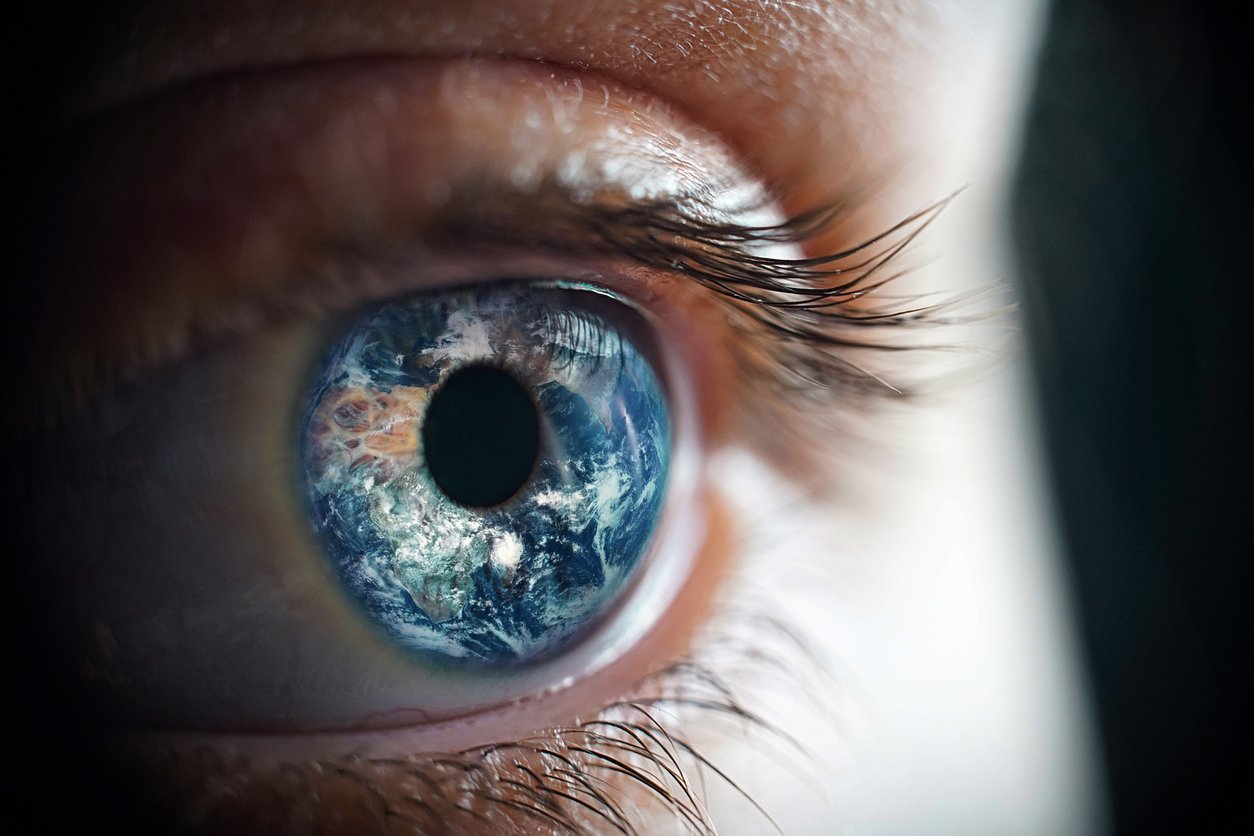Although studies by the National Institutes of Health suggest that the vast majority of Americans have good vision for most of their lives, the truth is that vision is not static. Anyone who wears contacts or glasses to make up for a visual impairment knows that their prescription often changes. If you’re lucky, you get some stability in your late 20s or early 30s, but you’ll likely see further changes as you reach middle age. But what are the causes of change in vision?
Aging, injury, and serious ocular health conditions can drastically alter your ability to see, even limiting the range of visible colors or contributing to partial blindness. Fortunately, many of these more serious health conditions can be identified and even corrected by your local ophthalmologist. However, other changes in vision may not be so obvious. They can present as mild visual effects, and you may not even notice them right away. Whatever your cause, we provide the best vision correction Mission Viejo has around.
The Causes of Change in Vision
Here are some common changes in vision that you should pay attention to. If they occur regularly, cause you discomfort, or negatively affect your ability to see, you should reach out to your eye doctor’s office to make an appointment at your earliest convenience.
Double Vision
Diplopia is one of the least subtle changes in vision you’re likely to encounter. The more common term, double vision, describes a scenario where your two eyes fail to communicate one united image. As a result, you may see two overlying copies of whatever you are currently looking at.
The causes of double vision can vary widely. Hypertension, diabetes, cataracts, and several serious nerve conditions can all cause double vision. This means that you should treat double vision as a serious symptom. Start with your eye doctor. They will check for more direct causes, such as a direct injury to the cornea or an infection. If no direct cause is found, then it’s time to visit your general practitioner.
Blurred Vision
Blurred vision is usually the result of visual impairment. Glasses, contacts, or Orange County Lasik can be used to mediate or correct the issue. However, in some cases, blurred vision can indicate something more serious. If there is no change in your prescription, your eye doctor will want to perform further tests. Glaucoma, cataracts, and even tumors are known to cause blurry vision, so diagnosing the cause early can make all the difference.
The Halo Effect
If you see a haze or halo around objects, then you may be experiencing this. Although it is most often associated with migraines, the halo effect can also be caused by damage to the cornea, glaucoma, and cataracts. For patients experiencing a halo effect in conjunction with migraines, you should speak with your general practitioner to find a treatment plan that works for you.
Floaters
Many people report seeing floaters, oil slicks, or even what appears to be semi-transparent bacteria in their field of vision at times. Floaters are fairly normal and result from small clumps of vitreous fluid. In most cases, you’ll only notice them when exposed to relatively bright light. However, they can occasionally indicate something more serious. If you’re seeing floaters and inexplicable flashes of bright light, then you should make an appointment with your eye doctor, as it could indicate damage to the retina itself.
Generally speaking, changes in your vision, whether temporary or permanent, are a natural part of life. Fortunately, regular trips to see your eye doctor, using protective equipment where appropriate. And keeping your prescription up to date can avoid many serious health concerns. To avoid the natural loss of vision that often accompanies aging, talk to your ophthalmologist about what lenses or Lasik procedures are best suited to your specific needs.

